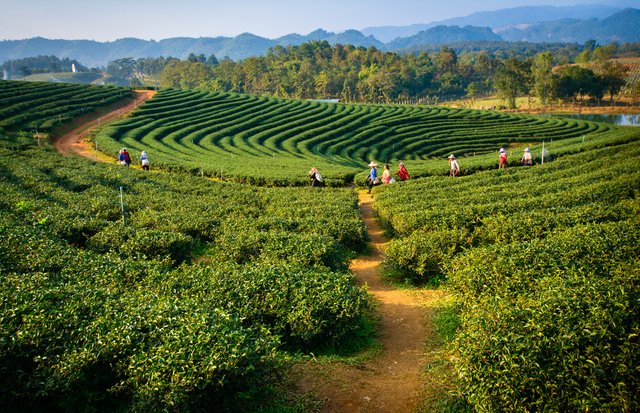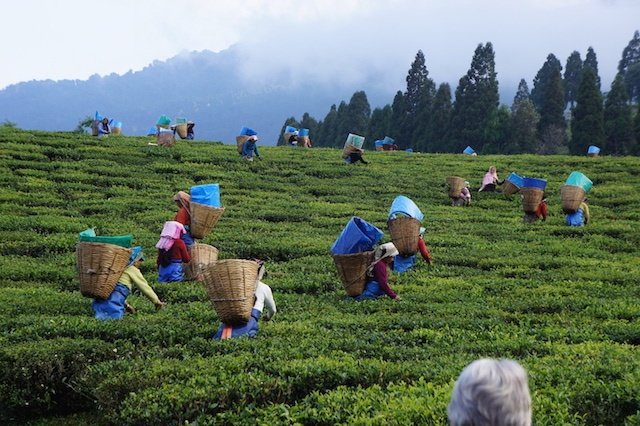World's Largest Tea-Growing Region! 90% ??

Hello Friends Today I am talking about WORLD LARGEST TEA-GROWING REGION OF ITS PRODUCTION
We 90% people don't know About Assam , where Assam is ? So lets Talk About Assam and its Tea and I am Sharing Some photos of tea garden that how its look...
The state of India Assam is the world's largest tea-growing region, lying on either side of the Brahmaputra River, and bordering Bangladesh and Myanmar. .jpg)
This part of India experiences high precipitation; during the monsoon period, as much as 10 to 12 inches (250–300 mm) of rain per day. The daytime temperature rises to about 96.8F (36 °C), creating greenhouse-like conditions of extreme humidity and heat. This tropical climate contributes to Assam's unique malty taste, a feature for which this tea is well known.
Though Assam generally denotes the distinctive black teas from Assam, the region produces smaller quantities of green[5] and white teas as well with their own distinctive characteristics.[6][not in citation given] Historically, Assam has been the second commercial tea production region after southern China, the only two regions in the world with native tea plants.
GUWAHATI: Tea auction in the state reached a new high on Tuesday when a brew from the Manohari tea estate in Dibrugarh district fetched Rs 39,001 per kg. It was a world record for the special boutique quality orthodox tea under the pan-India auction system, said the Guwahati Tea Auction Centre.
Assam Black tea named after the region of its production, Assam, in India. It is also traditionally used in Yunnan province in China.
Assam tea is manufactured specifically from the plant Camellia sinensis var.
This tea, most of which is grown at or near sea level, is known for its body, briskness, malty flavour, and strong, bright colour. Assam teas, or blends containing Assam, are often sold as "breakfast" teas. For instance, Irish breakfast tea, a maltier and stronger breakfast tea, consists of small-sized Assam tea leaves.

The introduction of the Assam tea bush to Europe is related to Robert Bruce, a Scottish adventurer, who apparently encountered it in the year 1823. Bruce reportedly found the plant growing "wild" in Assam while trading in the region. Maniram Dewan directed him to the local Singpho chief Bessa Gam.
Bruce noticed local tribesmen (the Singhpos) brewing tea from the leaves of the bush and arranged with the tribal chiefs to provide him with samples of the leaves and seeds, which he planned to have scientifically examined. Robert Bruce died shortly thereafter, without having seen the plant properly classified.
It was not until the early 1830s that Robert’s brother, Charles, arranged for a few leaves from the Assam tea bush to be sent to the botanical gardens in Calcutta for proper examination.
There, the plant was finally identified as a variety of tea, or Camellia sinensis var assamica, but different from the Chinese version (Camellia sinensis var. sinensis).
 Shared By Sahid Barbhuiya
Shared By Sahid Barbhuiya
Interesting read, but you should quote the SOURCE, otherwise you can be plagiarising somebody else's work.
Nice blog
Thanks Bro